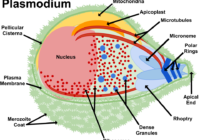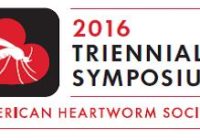Quiz: BugBitten in 2017

In 2017 BugBitten reported on the latest research and events concerning the parasitology and vector biology community. As the year comes to a close, can you remember some of the highlights from the past 12 months? Try our end of year quiz and find out.



